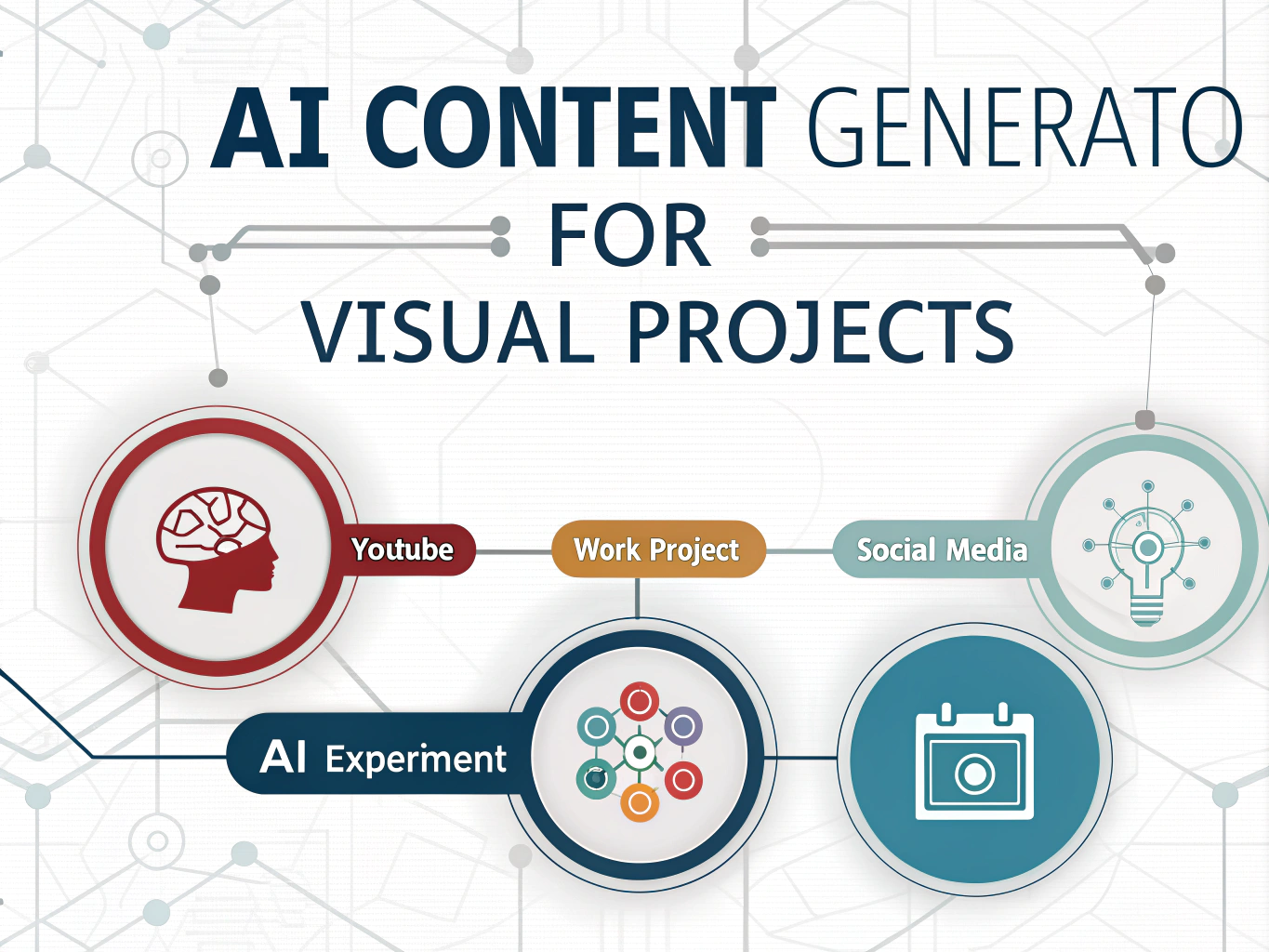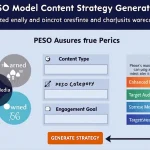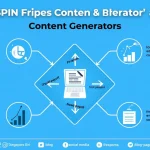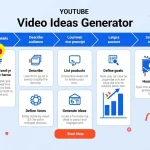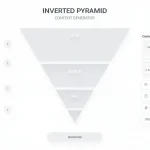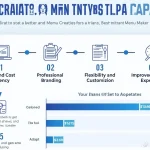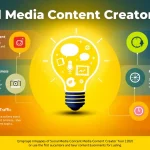Is this tool helpful?
How to Use the AI Content Generator Effectively
1. Select the Content Type
Choose the content category that best fits your project from the dropdown menu. Options include:
- YouTube videos
- Work projects
- Social media posts
- AI experiments
For example, if you plan to create a social media campaign demonstrating AI-generated art styles, select Social Media.
2. Define the AI Experiment Focus
Describe your AI experiment related to pictures and videos as precisely as possible. This helps the tool generate relevant ideas. Here are two sample inputs:
- “Applying deep learning to enhance low-light photography in smartphones”
- “Investigating video style transfer for real-time animation effects”
3. Specify the Target Audience (Optional)
Adding target audience details tailors generated ideas to better engage your viewers or readers. For instance:
- “Aspiring video editors exploring AI-assisted tools”
- “AI researchers focused on computer vision advancements”
4. Provide Platform-Specific Requirements (Optional)
Share any content preferences or constraints related to your chosen platform. Examples include:
- “Instagram reel under 60 seconds featuring AI art timelapses”
- “Corporate presentation emphasizing AI-driven video analytics outcomes”
5. Generate and Review Ideas
Click the Generate Content Ideas button after completing the required fields. The AI analyzes your inputs and presents a list of customized content suggestions. Review these ideas and tailor them further if needed.
6. Copy and Use the Ideas
Use the provided option to copy the generated content ideas easily. Paste them into your document or editor to develop scripts, outlines, or concept notes for your AI experiments involving images and videos.
Introduction to the AI Content Generator for Visual AI Experiments
The AI Content Generator helps you brainstorm and create tailored ideas for content centered on artificial intelligence experiments in pictures and videos. Whether you create YouTube tutorials, professional presentations, social media posts, or technical AI experiment summaries, this tool supports your creative process.
It leverages natural language understanding to interpret your project details and audience preferences, delivering targeted suggestions that fit the platform and engagement goals.
Purpose and Core Benefits
- Speed up Ideation: Generate numerous relevant content ideas quickly without long brainstorming sessions.
- Platform-Specific Suggestions: Receive content tailored for YouTube, social media, or professional use.
- Audience Targeting: Create ideas that resonate with the viewers or readers you want to reach.
- Creative Inspiration: Overcome creative blocks with unique, AI-driven angles and concepts.
- SEO-Friendly Content: Get ideas optimized for search visibility with relevant keywords embedded naturally.
- Flexible Use Cases: Perfect for educational videos, work presentations, social campaigns, and research documentation.
Practical Applications of the AI Content Generator
1. Creating Educational Videos
Educators and content creators can generate structured video series outlining AI techniques involving image and video data. For example, entering:
- Experiment Focus: “Exploring object segmentation in video streams using convolutional neural networks”
- Target Audience: “Graduate students studying computer vision”
The generator suggests video topics explaining neural network architectures, visual demonstrations, and coding tutorials tailored for academic settings.
2. Developing Professional Presentations
For business or research presentations, specify domain-relevant details to receive focused content points. Example inputs:
- Experiment Focus: “Using AI to automate quality control in video production”
- Platform-Specific Requirements: “Presentation limited to 20 slides focusing on ROI and technical feasibility”
The tool guides you to develop structured slides covering technological approach, case studies, and measurable benefits.
3. Producing Engaging Social Media Content
Content creators aiming to boost engagement can generate short, intriguing ideas shaped for platform trends. For instance:
- Experiment Focus: “AI-generated video captions in multiple languages”
- Target Audience: “Social media managers interested in automation tools”
You’ll receive creative campaign suggestions like daily challenges, quick how-to clips, or viral hashtag series optimized for social feeds.
4. Designing AI Experiments and Documentation
Research professionals can use the generator to outline experiment objectives and share findings clearly. Example:
- Experiment Focus: “Style transfer algorithms applied to video frames”
- Target Audience: “AI researchers and hobbyists seeking practical demonstrations”
The generator produces documentation outlines, presentation abstracts, and demo video concepts suitable for technical audiences.
Addressing Common Challenges in AI Content Creation
Overcoming Creative Blocks
You can easily break through creative blocks by receiving continuous, fresh content ideas based on your specific AI experiment input. For example, inputting “AI-powered content-aware video cropping” may yield ideas such as:
- A YouTube tutorial on optimizing video framing using AI algorithms
- A work presentation highlighting productivity gains in media editing
- Social media demo clips showcasing before-and-after comparisons
- AI experiment proposals integrating user feedback loops for crop accuracy
Tailoring Content for Multiple Platforms
This tool adapts your idea to fit diverse platform expectations. For example, an AI experiment about real-time motion tracking could translate into:
- YouTube: a detailed 12-minute walkthrough on algorithm setup and performance benchmarks
- Work project: a concise report illustrating integration potential for surveillance systems
- Social media: quick, visually appealing demo reels optimized for mobile viewing
- AI experiment: a reproducible research design with evaluation metrics and code snippets
Balancing Technical Depth and Accessibility
You specify your audience, and the tool adjusts complexity accordingly. For example, for an AI experiment on “Neural style transfer in videos,” targeting “Graphic designers new to machine learning,” it might suggest:
- A beginner-friendly YouTube series explaining core concepts with visual examples
- A workshop outline that mixes demonstrations with hands-on practice
- A social media campaign sharing tips and common pitfalls when applying style transfer
- An AI experiment idea to build a simple app combining style selection with video input
Leveraging the AI Content Generator to Maximize Your Impact
Save Time and Stay Focused
By automating content ideation, you reduce hours spent planning. The tool delivers ideas within seconds, allowing you to concentrate on development and presentation.
Maintain Consistency Across Channels
Use the generator to create varied but coherent content tailored for each platform, ensuring your messaging stays aligned while adapting to unique audience preferences.
Expand Your Audience Reach
Implement SEO-friendly suggestions embedded in the generated ideas to enhance visibility and attract more viewers or readers interested in AI-powered visual content.
Enhance Creativity and Experimentation
Use the tool as a creative partner to explore new angles and formats for presenting your AI experiments, helping you innovate and differentiate your content from common templates.
Important Disclaimer
The calculations, results, and content provided by our tools are not guaranteed to be accurate, complete, or reliable. Users are responsible for verifying and interpreting the results. Our content and tools may contain errors, biases, or inconsistencies. We reserve the right to save inputs and outputs from our tools for the purposes of error debugging, bias identification, and performance improvement. External companies providing AI models used in our tools may also save and process data in accordance with their own policies. By using our tools, you consent to this data collection and processing. We reserve the right to limit the usage of our tools based on current usability factors. By using our tools, you acknowledge that you have read, understood, and agreed to this disclaimer. You accept the inherent risks and limitations associated with the use of our tools and services.
